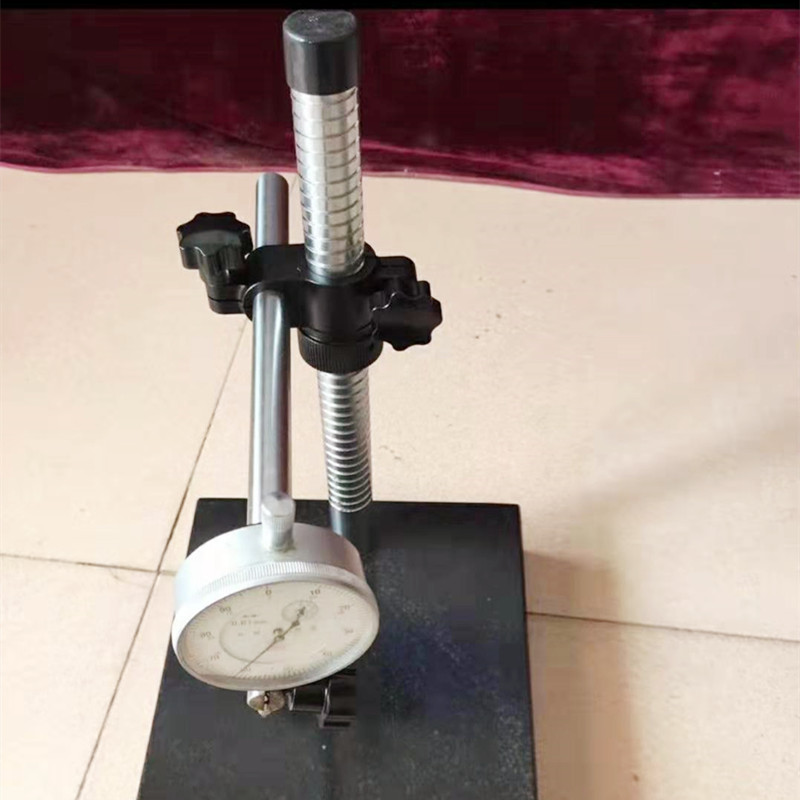nov . 09, 2024 20:28 Back to list
How to Change a Water Valve Step by Step Guide
How to Replace a Water Valve A Comprehensive Guide
Replacing a water valve may seem like a daunting task, but with the right tools and knowledge, it can be a straightforward DIY project. Water valves play a crucial role in controlling the flow of water in your plumbing system, whether it’s in your home, garden, or commercial space. Over time, valves can corrode or malfunction, leading to leaks and water waste. Here’s a step-by-step guide on how to successfully replace a water valve.
Tools and Materials Needed
Before you start the replacement process, ensure you have all the necessary tools and materials at hand
. You will need1. New water valve Make sure to choose a valve appropriate for your plumbing needs—most commonly, compression or gate valves. 2. Pipe wrench This is essential for loosening and tightening the valve. 3. Adjustable wrench Helpful for working in tight spots. 4. Teflon tape This will ensure a tight seal on threaded connections. 5. Bucket To catch any residual water that may spill. 6. Towels or rags For cleaning up spills and drips.
Step-by-Step Replacement Process
1. Shut Off the Water Supply Locate the main water shut-off valve for your home and turn it off. If you are replacing a valve connected to a specific fixture (like a sink or toilet), you can usually find smaller shut-off valves near those fixtures. To prevent flooding, turn off the water supply before starting any plumbing work.
2. Drain the System Open faucets connected to the valve you are replacing to drain any remaining water in the pipes. This step is crucial to avoid spills and mess when you remove the old valve.
replace a water valve

3. Remove the Old Valve Use a pipe wrench to loosen the nuts or fittings holding the old valve in place. Depending on the type of valve, you may need to remove screws or bolts. Be cautious, as old valves can be corroded and may break. If necessary, use penetrating oil to loosen stubborn fittings.
4. Prepare the New Valve Before installation, wrap the threads of the new valve with Teflon tape. This ensures a leak-proof connection when you attach it to the pipes.
5. Install the New Valve Position the new valve in place and hand-tighten the nuts or fittings to secure it. Once it’s hand-tight, use your pipe wrench to tighten it a bit more, but avoid over-tightening, as this can cause damage.
6. Check for Leaks Before turning the water back on, visually inspect the areas around the new valve for any signs of improper installation or misalignment. Make sure everything is snugly fitted.
7. Turn the Water Supply Back On Open the main water supply or the specific shut-off valve for the fixture you are working on. Slowly turn the water back on and check for leaks around the new valve. If you notice any leaks, you may need to tighten connections slightly or reapply Teflon tape.
8. Finish Up Once you’re confident there are no leaks, clean up any spills and reconnect any fixtures that may have been removed during the process. It’s always a good idea to run water through the system for a few minutes to ensure everything is functioning correctly.
Conclusion
Replacing a water valve is a manageable task that can save you time and money on plumbing bills. Regular maintenance of your plumbing system, including monitoring valves for leaks or signs of corrosion, is key to avoiding larger issues down the line. With these steps, you now have the knowledge to confidently tackle this home improvement project. Remember, if you ever feel unsure about any step, it’s always a good idea to consult with a professional plumber. Happy plumbing!
-
Why Metric Trapezoidal Thread is Ideal for Precision Motion ControlNewsAug.05,2025
-
The Unique Properties of a Block of Granite for Industrial UseNewsAug.05,2025
-
The Role of Flanged Y Strainers in Preventing Pipeline ClogsNewsAug.05,2025
-
The Importance of Regular Calibration for Master Ring GagesNewsAug.05,2025
-
How a Cast Iron Surface Table Enhances Accuracy in ManufacturingNewsAug.05,2025
-
Comparing Different Check Valve Types for Optimal Flow ControlNewsAug.05,2025
Related PRODUCTS









